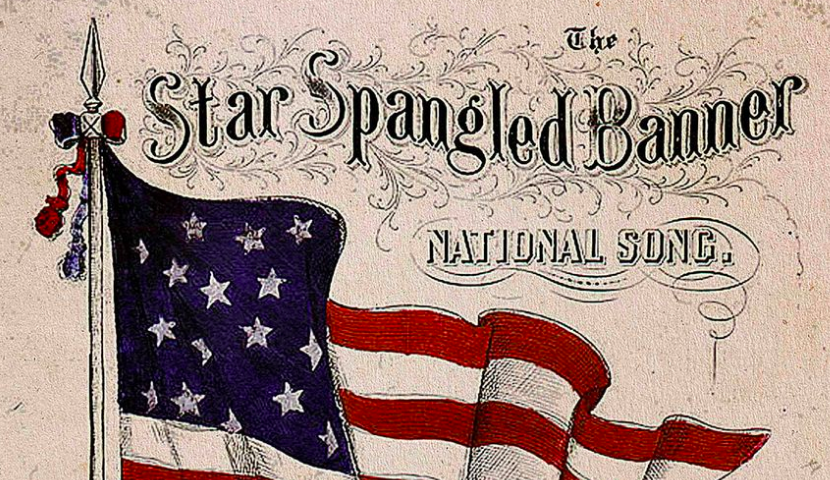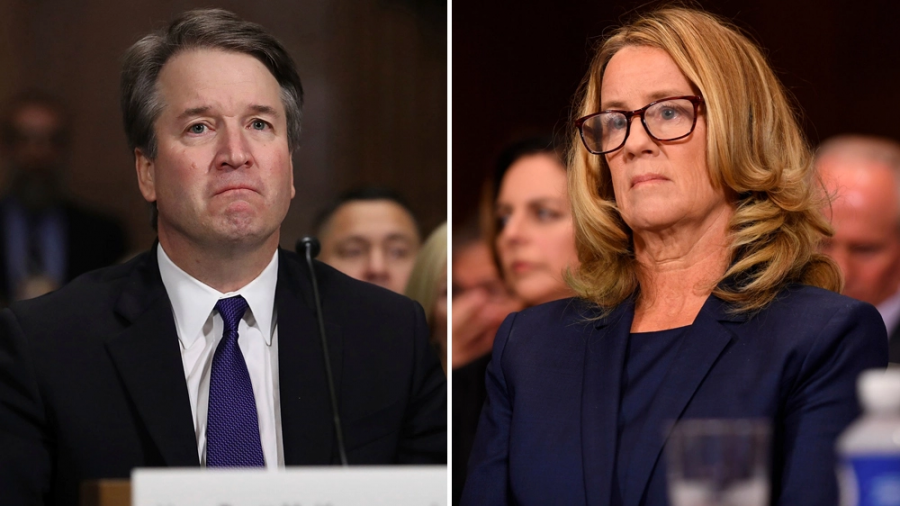Springtime. It’s a season of rebirth and renewal. It’s a time of the year when we emerge from the winter doldrums and welcome new changes around us. This phenomenon, though customary to many, has taken a particular hold recently in the US Department of the Treasury.
On April 20th, Treasury Secretary Jacob Lew announced sweeping changes to our nation’s currency, with plans underway for redesigning the $20, $10, and $5 bills. The new $20 bill will feature the iconic abolitionist Harriet Tubman on its front, bumping the image of Andrew Jackson to the backside of the bill. The front of the new $10 note will retain the portrait of Alexander Hamilton, while the reverse will honor the history of the women’s suffrage movement with images of Susan B. Anthony, Sojourner Truth, Elizabeth Cady Stanton, Alice Paul, and Lucretia Mott. Meanwhile, the back of the $5 bill is slated to celebrate historic events that occurred at the Lincoln Memorial with portraits of Martin Luther King, Jr., Marian Anderson, and Eleanor Roosevelt. Lucky for Honest Abe, the 16th president gets to maintain his place on the front of the banknote.
These design changes come after a year of lobbying and fiery public debate, shaped largely by social media. National campaigns like Women on 20s set out to convince President Obama and the US Treasury to replace Andrew Jackson on the $20 note with an American heroine. The campaign called for a female on the bill by 2020—the 100th anniversary of the 19th Amendment which granted women the right to vote. Over 600,000 people took part in an online poll to choose the woman who they felt should be the new face of the twenty. Harriet Tubman emerged the winner, with Eleanor Roosevelt at a close second, followed by Rosa Parks.
But there was one stumbling block. Since the $10 bill was next in line for a security upgrade and redesign, the US Treasury instead proposed that Alexander Hamilton share the front of the bill with a woman, prompting a storm of controversy. Hamilton, after all, played a key role in the creation of the American financial system as our nation’s first Treasury Secretary. Now couple this with the recent debut of “Hamilton,” the Broadway smash musical about the Founding Father himself, and Hamilton’s soaring popularity essentially sealed his reprieve. A welcome win for Women on 20s.
Aside from aesthetics, the main reason why the Treasury Department redesigns its currency is security. With advances in design software and high-resolution printing, it’s become easier for counterfeiters to print phony money and harder for retailers to spot forgeries. In fact, the US Secret Service estimated that roughly $80.7 million of fake currency changed hands domestically in 2012. The newest designs employ technologically advanced features to deter counterfeiting and facilitate authentication, not to mention uphold public confidence. The current $100 bill that was issued in 2013 has a 3D security ribbon, as well as traditional security features such as a portrait watermark and an embedded security thread that glows pink under ultraviolet light. The 3D ribbon isn’t printed, but woven into the note and has images of 100s that change into bells and move around as you tilt the paper. In addition to improved security elements, the new $10 banknote will have a tactile feature to help the blind and visually impaired identify the denomination of the currency.
For fans of the new $20 bill, honoring a female on American currency is a move that’s long overdue. More than a century overdue, in fact. The last woman to be featured on a US note was former first lady Martha Washington on the $1 silver certificate from 1891 to 1896. Harriet Tubman will not only be the first woman, but the first African American to appear on US currency since the 19th century. To many, Tubman perfectly represents American values as a self-liberated woman who escaped slavery, only to return to the South to help free others in bondage. The famed leader of the Underground Railroad was also a heroine of the Union intelligence effort during the Civil War and later an advocate for women’s rights.
Yet, critics like The Guardian columnist Steven Thrasher believe that putting Harriet Tubman’s face on the twenty is nothing short of inappropriate. Thrasher contends that Tubman, as a slave, could have been purchased or sold with a $20 bill. Her lifelong efforts were about undoing the system of oppression of African Americans. Thrasher frowns at the thought of seeing Tubman’s face on a bill being passed to underpaid black workers still suffering from income inequality. In truth, if Harriet Tubman were alive and working in the US today, she would receive an average of $12 for every $20 bill a white man receives. “The roots of capitalist American slavery,” Thrasher writes, “are not just found in long shuttered tobacco and cotton plantations, but in the entire business structure of the modern US economy.” He reminds us that it was banks that capitalized the slave trade and insurance companies that underwrote it.
Still, no one can overlook the irony of swapping a former president and slave owner for an abolitionist who helped to free slaves. The Treasury’s decision to demote Andrew Jackson, our seventh president, to the back of the $20 bill has also stirred debate. Jackson-haters applaud the shift, in light of his role as a slaveholder and in the destruction of Native American populations—not to mention, ironically, his opposition to paper currency and a central banking system. Jackson supporters, on the other hand, denounce it as an insult to his legacy as a president and military leader. Last month, Donald Trump slammed the government for its decision to replace Jackson, claiming that the move is nothing more than “pure political correctness.” He’d rather see a new denomination of money created for Tubman.
While the Treasury Department aims to unveil its design concepts for the new $20, $10, and $5 bills in 2020, the banknotes will not be available for a few years after that. The first note to go into circulation will be the new $10, followed by the $20 and the $5. The wait time is unavoidable, according to Lew, given the technical challenges involved in making the new bills secure against sophisticated counterfeiters. No doubt, the delay will leave his plans vulnerable to shifting political winds and numerous opinions of who, in the end, will best fit the bill.
Categories:
Changing the Face of Money
June 1, 2016
More to Discover





